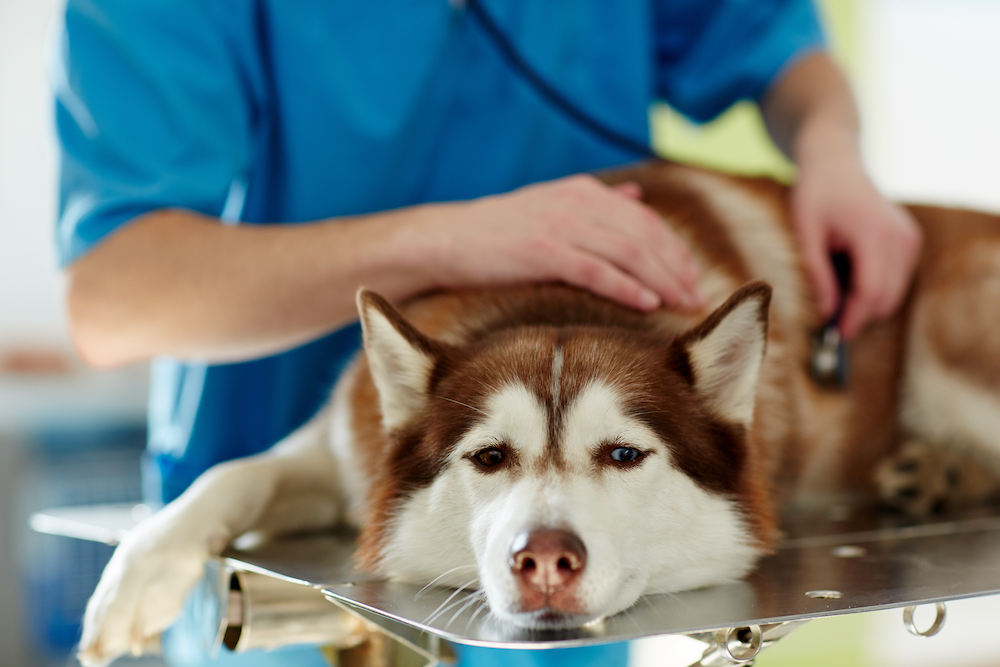Key points:
- If your dog has respiratory issues or shows any other signs of illness, call your vet right away. Prompt treatment can make a big difference.
- Because this illness is contagious, your dog will be safer if you keep them away from environments where they’d come into contact with many other dogs.
- Veterinarians are working to determine what’s causing this disease.
- Although this illness can be serious, the vast majority of infected dogs survive. Don’t panic, but take reasonable precautions and seek veterinary treatment if your dog gets sick.
Dogs around the United States are coming down with a mysterious respiratory disease. While experts are still working to determine what’s causing the illness, there are already things you can do to improve your dog’s chances of staying healthy as holiday travel ramps up. Here’s what we know so far.
What are the signs of this illness?
Signs of the disease include:
- Coughing
- Sneezing
- Lethargy
- Trouble breathing
- Eye and nose discharge
Some sick dogs may also lose their appetites, and the cough can linger for quite a while: the Oregon Veterinary Medical Association writes that tracheobronchitis from the illness can last “6–8 weeks or longer.”
In severe cases, dogs with this disease may develop pneumonia. If a dog does have pneumonia, their gums might turn blue or purple, they might develop a deep, wet cough, and you might notice problems with their breathing. Starting treatment early greatly improves a dog’s prognosis—when in doubt, call your vet.

Where has the illness appeared?
As of this writing, there have been reports of sick dogs from the Pacific Northwest and Mountain West to the Northeast.
What causes the illness?
Vets aren’t yet sure what is making these dogs sick. They do know that it’s contagious, as some dogs have become sick after being in settings where they were around many other dogs. Some doctors suspect a virus, and researchers in New Hampshire suspect a type of bacterial infection, but right now the cause of the illness is uncertain.
How can humans protect their dogs from the illness?
There’s no way to totally eliminate risk, but some vets are recommending that, for now, humans keep their dogs out of settings where they’ll be exposed to many other dogs. That means skipping boarding or doggy day care if you can leave them with a sitter at home instead, and foregoing the dog park if you have other ways to give them the exercise they need.
Your dog will also be at lower risk if, while out on walks, they avoid nose-to-nose contact with other dogs.
If you’re bringing your dog to visit friends or family with dogs of their own, ask about their health and vaccination status before you go. If the dogs you plan to visit are coughing or sneezing—or showing other signs of illness—it’s best to stay home, or leave your dog there with someone you trust.
While this disease is different from other infectious illnesses impacting dogs, vaccinating your dog against Bordetella, canine influenza, and parainfluenza can boost their odds of staying healthy—especially if they’re going to spend time with other dogs.
If you have questions about which measures are right for your dog, it’s a good idea to ask your veterinarian.
How serious is the illness?
The illness can be serious, and some dogs have died after becoming sick with it. Dogs can stay sick with a cough that lasts for many weeks, and the Oregon Veterinary Medical Association says that the disease is “minimally or not responsive to antibiotics.” Having said that, although there is no official case or fatality count, it appears that deaths are rare and it’s much more common for affected dogs to recover.
Can humans catch this illness?
So far, there have been no reports of humans or any other non-dog animals contracting this disease. But experts don’t know what is causing it, and washing your hands before and after handling dogs is an easy step you can take for their—and your—safety. Doing so is a good habit in general.
How is the illness treated?
There’s not yet a specific treatment to cure this disease, but veterinary care can still save sick dogs’ lives. Veterinarians can test dogs for various respiratory ailments, provide supportive care to help them feel better, and protect them from secondary infections.
What should humans do if they think their dogs have the illness?
If you notice your dog showing signs of this disease, isolate them from other dogs and bring them to your veterinarian. Let the vet know before you bring your dog into their office so that they can take appropriate measures to protect other dogs from infection; these may include directing you to a specific entrance or examining your dog outside. Quarantine other dogs who’ve been exposed to the sick dog and watch them for 2 weeks.
It’s scary to hear about any threat to your dog’s health, but don’t panic. Taking the precautions outlined above, and contacting your vet if your dog shows signs of illness, are the best things you can do for your friend’s safety.









